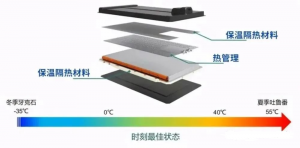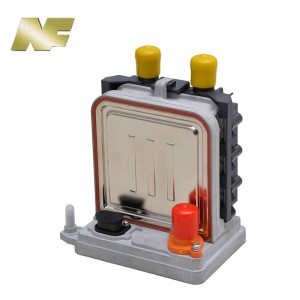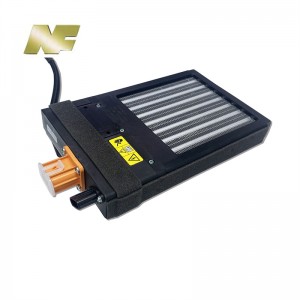Today, various car companies are using lithium batteries on a large scale in power batteries, and the energy density is getting higher and higher, but people are still colored by the safety of power batteries, and it is not a good solution to the safety of batteries. Thermal runaway is the main research object of power battery safety, and it is worth focusing on.
First of all, let us understand what is thermal runaway. Thermal runaway is a chain reaction phenomenon triggered by various triggers, resulting in a large amount of heat and harmful gases emitted by the battery within a short period of time, which can even cause the battery to catch fire and explode in serious cases. There are many reasons for the occurrence of thermal runaway, such as overheating, overcharging, internal short circuit, collision, etc.. Battery thermal runaway often starts from the decomposition of the negative SEI film in the battery cell, followed by the decomposition and melting of the diaphragm, resulting in the negative electrode and the electrolyte, followed by the decomposition of both the positive electrode and the electrolyte, thus triggering a large-scale internal short circuit, causing the electrolyte to burn, which then spreads to other cells, causing a serious thermal runaway and allowing the entire battery pack to produce spontaneous combustion.
The causes of thermal runaway can be divided into internal and external causes. Internal causes are often due to internal short circuits; external causes are due to mechanical abuse, electrical abuse, thermal abuse, etc.
An internal short circuit, which is a direct contact between the positive and negative terminals of the battery, varies greatly in the degree of contact and the subsequent reaction triggered. Usually a massive internal short circuit caused by mechanical and thermal abuse will directly trigger thermal runaway. In contrast, internal short circuits that develop on their own are relatively minor, and the heat it generates is so small that it does not immediately trigger thermal runaway. Internal self-development commonly includes manufacturing defects, deterioration of various properties caused by battery aging, such as increased internal resistance, lithium metal deposits caused by long-term mild misuse, etc. As time accumulates, the risk of internal short circuit caused by such internal causes will gradually increase.
Mechanical abuse, refers to the deformation of lithium battery monomer and battery pack under the action of external force, and the relative displacement of different parts of itself. The main forms against the electric cell include collision, extrusion and puncture. For example, a foreign object touched by the vehicle at high speed directly led to the collapse of the internal diaphragm of the battery, which in turn caused a short circuit within the battery and triggered spontaneous combustion within a short period of time.
The electrical abuse of lithium batteries generally includes external short circuit, overcharge, over discharge several forms, which is most likely to develop into thermal runaway to overcharge. External short circuit occurs when two conductors with differential pressure are connected outside the cell. External shorts in battery packs can be due to deformation caused by vehicle collisions, water immersion, conductor contamination or electric shock during maintenance. Typically, the heat released from an external short circuit does not heat the battery as opposed to a puncture. The important link between an external short circuit and thermal runaway is the temperature reaching the point of overheating. It is when the heat generated by the external short circuit cannot be dissipated well that the battery temperature rises and the high temperature triggers thermal runaway. Therefore, cutting off the short-circuit current or dissipating excess heat are ways to inhibit the external short circuit from producing further damage. Overcharging, because of its full of energy, is one of the highest hazards of electrical abuse. The generation of heat and gas are two common features of the overcharging process. The heat generation comes from ohmic heat and side reactions. First, lithium dendrites grow on the anode surface due to excessive lithium embedding.

Thermal runaway protection measures:
In the self-generated heat stage to inhibit thermal runaway of the core, we have two options, one is to improve and upgrade the material of the core, the essence of thermal runaway mainly lies in the stability of the positive and negative electrode materials and electrolyte. In the future, we also need to make higher breakthroughs in cathode material coating, modification, compatibility of homogeneous electrolyte and electrode, and improving the thermal conductivity of the core. Or choose the electrolyte with high safety to play the effect of flame retardant. Secondly, it is necessary to adopt efficient thermal management solutions (PTC Coolant Heater/ PTC Air Heater) from the outside to suppress the temperature rise of Li-ion battery, so as to ensure that the SEI film of the cell will not rise to the dissolution temperature, and naturally, thermal runaway will not occur.


Post time: Mar-17-2023




